Latin-American Modernists
The end of the nineteenth century brought the Machine Age. Many wonderful innovations such as electrification, the assembly line, skyscrapers, and radio broadcast made communication and travel faster, and products less expensive and able to gratify higher demands. But as is always the case, the human psyche is slower to adapt. Modern psychology emerged in unison with this period in history. So too did the emergence of Modern art.
Modern artists thought outside of the traditional rendering of imagery on a two-dimensional support. Their visual and emotional content took on new directions—in the Americas, modernism found entirely new directions at the hands of many great innovators. The following movements represent contributions by Latin-American artists.
The Big Three
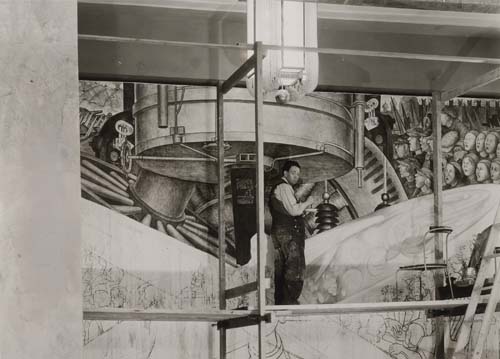
At the end of Mexico’s long revolution, a time of stability emerged. The newly formed government dedicated funds for construction, education, and the arts. Amongst the great contributions made by artists were that of the muralists. The leading muralists were Diego Rivera, José Clemente Orozco, and David Siqueiros. Employing modernist imagery with social justice themes, these artists created images aimed at celebrating the accomplishments of the people and uplifting the long suppressed indigenous peoples.
Related Reading: Harold Porcher Explores Mexican Muralists & Their Impact on the WPA
Joaquín Torres-Garcia

Image Courtesy of MoMA
Uruguayan artist Joaquín Torres-Garcia borrowed concepts from European artists of the pictographic image, as well as the linear structure used by the Neo-Plastic artists to tell a narrative in his own unique voice.
Asociación Arte Concreto-Invencion
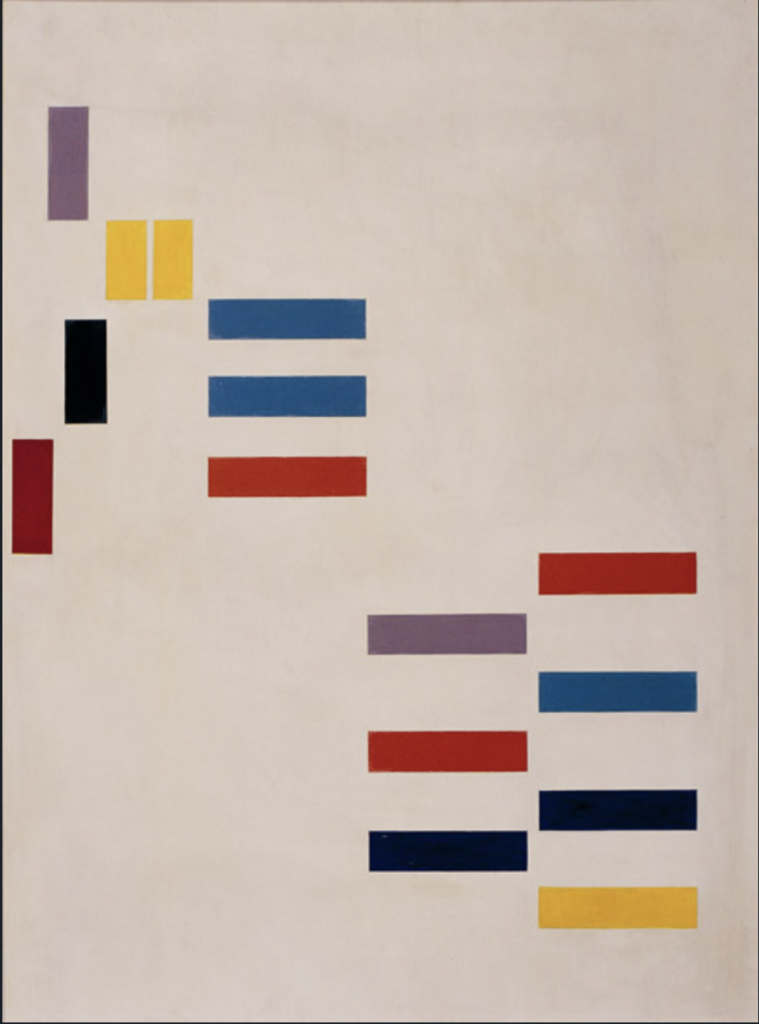
Founded in Buenos Aires in 1944 by Tomás Maldonado, Asociación Arte Concreto-Invencion was an art movement whose goal was to create art of pure geometric abstraction. These artists aimed to balance science and design, theory and practice. Other artists in the group included Lidy Prati, Enio Lommi, Alfredo Hlito, and Raul Lozza.
Arte Madí
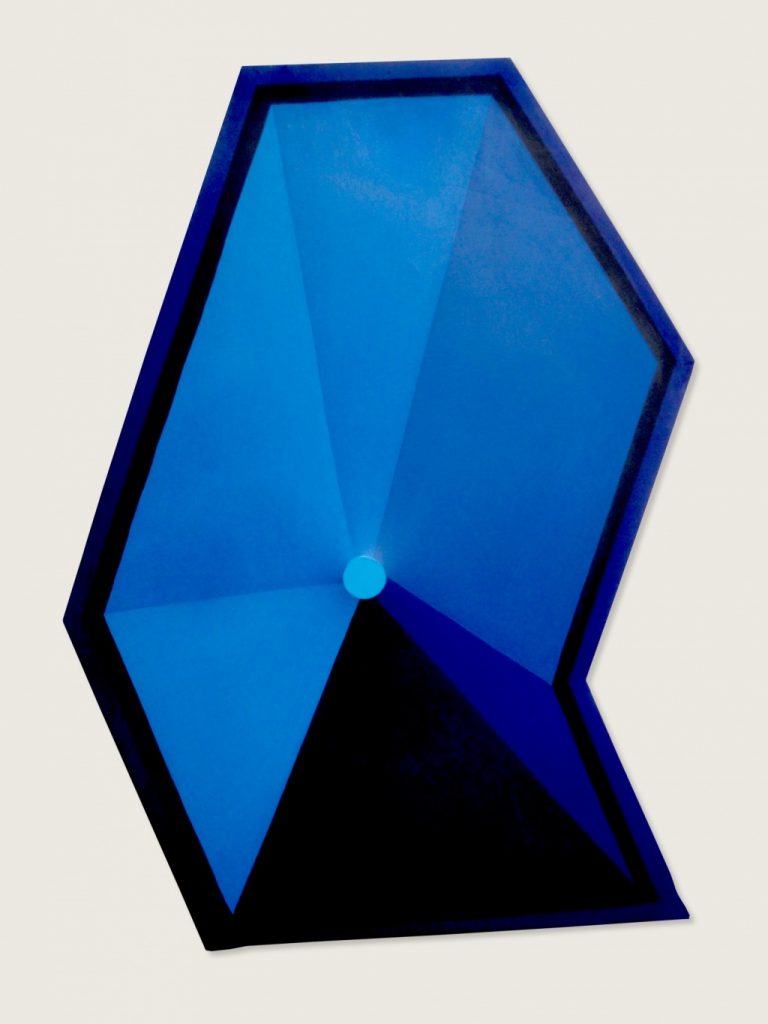
Arte Madí, a parallel art movement that emerged from Argentina in 1944, aimed to express the reality of modern life. These artists believed the best imagery to address this was non-representational art. Participants included Gyula Kosice, Rhod Rothfuss, and Carmelo Arden Quin.
Generación de la Ruptura
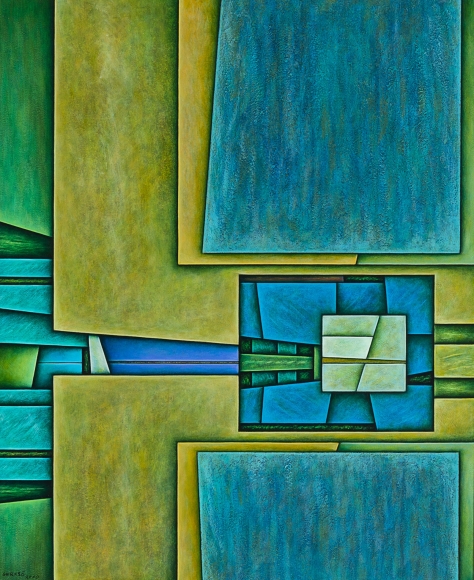
Image Courtesy of Latin American Masters
Generación de la Ruptura, a name ascribed to a loose group of artists who shared a mindset, emerged in Mexico in the early 1950s. Working in a modernist style but not following any strict doctrine, these artists wished to express more personal concepts breaking with the Nationalist imagery of the muralist generation. Amongst these artists were José Luis Cuevas, Vicente Rojo Almazan, Francisco Corzas, Roger von Gunten, Alberto Gironella, Vlady, Juan Soriano, Lilia Carrillo, Arnaldo Coen, Pedro Coronel, Enrique Echeverria, Manuel Felguérez, Fernando García Ponce, Brian Nissen, Gabriel Ramírez, Kazuya Sakai, Francisco Toledo, and Gunther Gerzo.
Grupo Frente
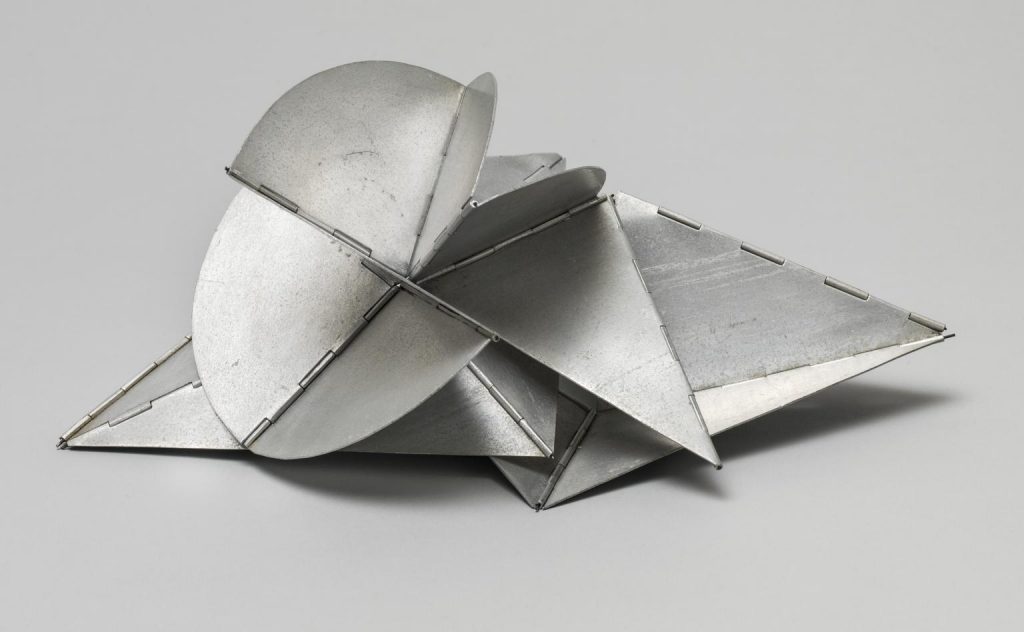
Image Courtesy of Tate Modern
In Brazil, Grupo Frente broke with modern art traditions to explore their own concepts of modernism. Participants included Ivan Serpa, Lygia Clark, Lygia Pape, and Helio Oiticica.
Kinetic Art

Image Courtesy of MoMA.
In Venezuela, artists working in pure abstraction also incorporated movement. The innovators behind these kinetic objects were Jesus Rafael Soto, Gertrude “Gego” Goldschmidt, Carlos Cruz-Diez, Rafael Barrios, and Alejandro Otero.
Other important contributors to modernism from Latin America, Central America and the Caribbean are Carlos Merida of Mexico, Omar Rayo and Edgar Negret of Colombia, Marcelo Bonevardi of Argentina, Matta of Chile, Olga Albizu of Puerto Rico, and Wifredo Lam of Cuba. Many important names are excluded in this brief introduction to great Latinx innovators of Modernism—I encourage readers to use these artists’ names as seeds to further explore the rich artistic culture.
Do you have a work by a Latin-American artist we should take a look at?
Learn about how to consign to an auction, and send us a note about your item.
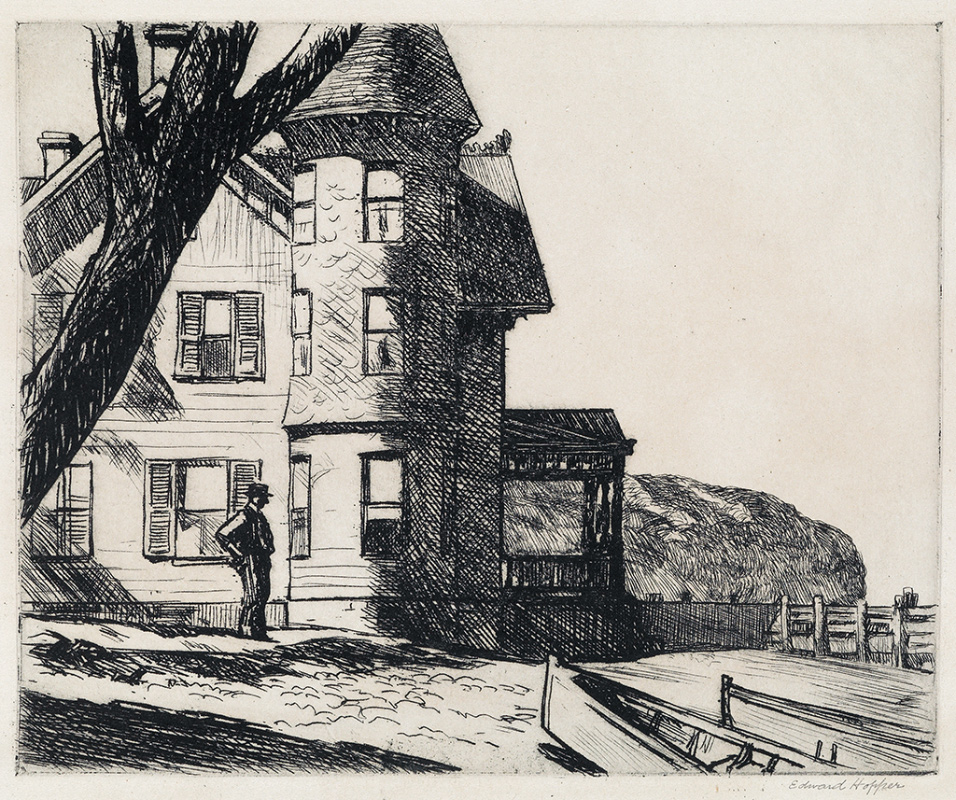

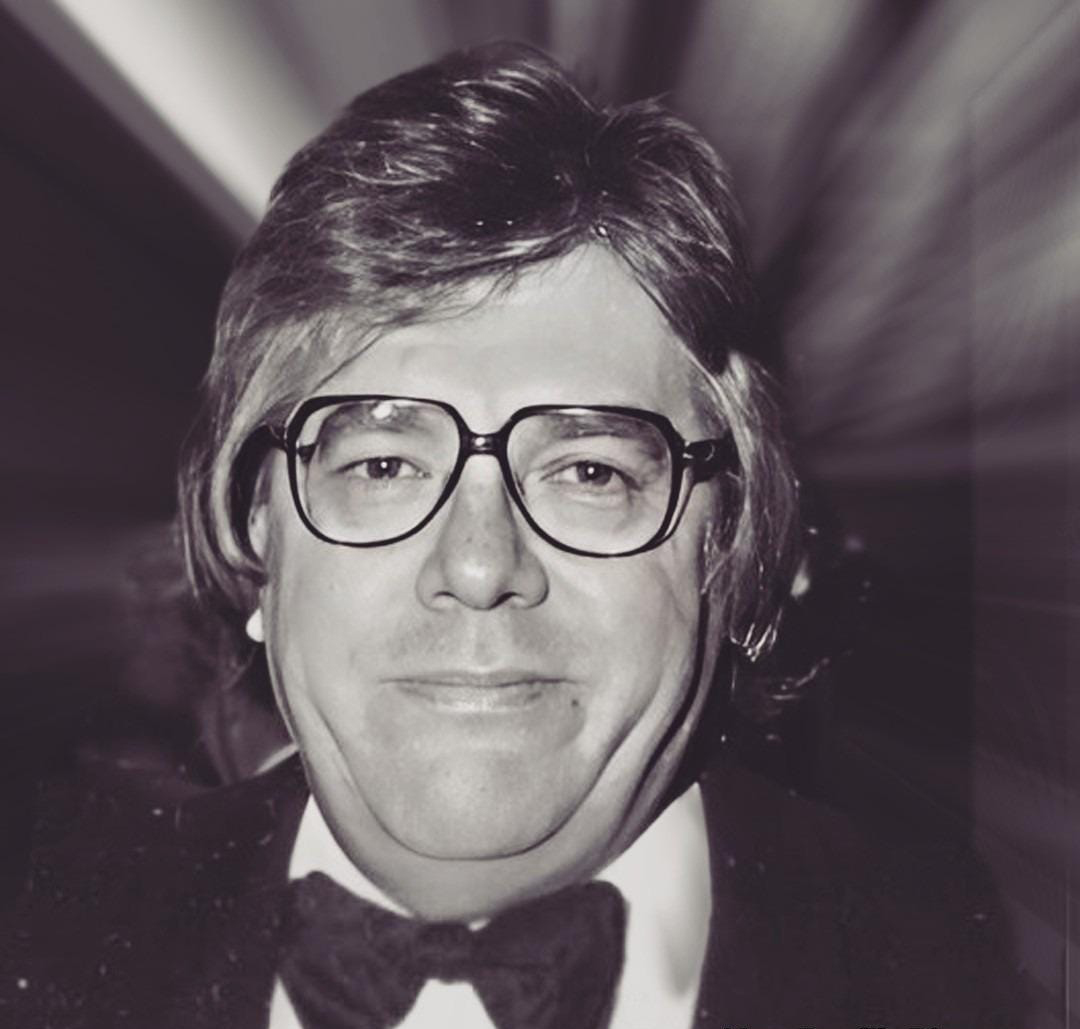










![Grace Meschery-McCormack shares about two copies of Fernando de Rojas’s ‘La Célestine,’ including a limited edition copy illustrated by Pablo Picasso.
At auction April 22. Learn more about the works at the link in our bio.
#Rarebooks #rarebookdealer #antiquarianbooks #auctions
_______________________________________
Music Credit:
Schubert - Piano Quintet in A major ‘The Trout’, D. 667 - IV. Andantino – Allegretto
Music provided by Classical Music Copyright Free on Youtube [https://tinyurl.com/visit-cmcf]
Watch: • Schubert - Piano Quintet in A major ‘...]](https://scontent-iad3-1.cdninstagram.com/v/t51.75761-15/491443494_18499096345036585_5935932878956098058_n.jpg?stp=dst-jpg_e35_tt6&_nc_cat=107&ccb=7-5&_nc_sid=18de74&_nc_ohc=u_iWjSzBq6AQ7kNvwGP43px&_nc_oc=Adm2-RoP-ycffpqdlTNCCefFvNYdnM4Jbat2wE7WtBletQyey5mIGvoT4Ix2A95fVyg&_nc_zt=23&_nc_ht=scontent-iad3-1.cdninstagram.com&edm=AM6HXa8EAAAA&_nc_gid=DvaUa8Ej8X8cilv0gbsZnA&oh=00_AfEolkoOgQh7d-GuBeBaR_ZnjisXAlRrVKu8wvt3MziNsw&oe=681EDB51)




